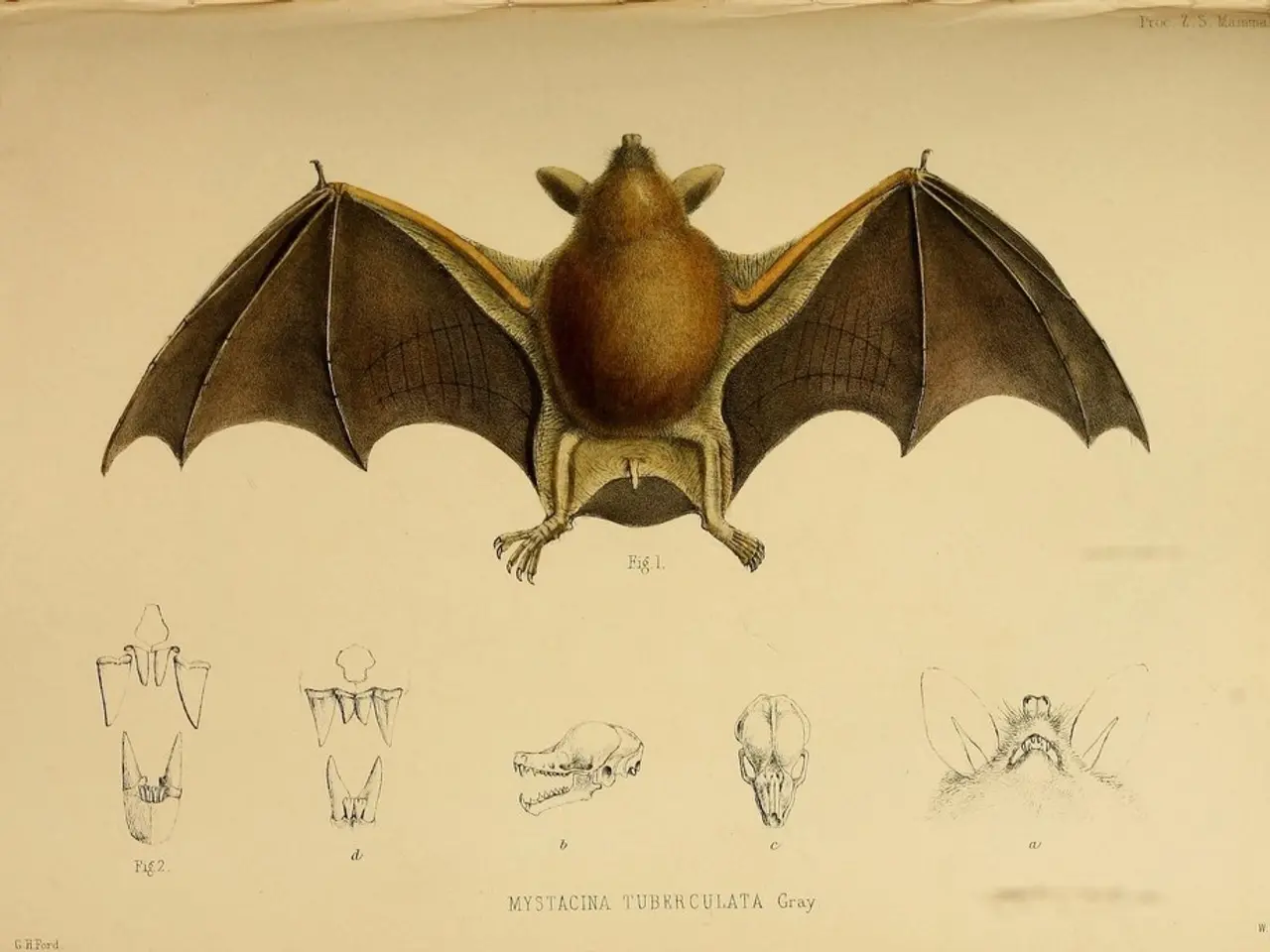Category 17: Air Quality - Pollutant Characteristics and Goals
The Hazard Ranking System (HRS) is a comprehensive approach to evaluating potential air contamination risks from hazardous waste sites. The system considers various factors, including waste characteristics, targets (human populations and sensitive environments), potential contamination levels and pathways, exposure pathways completeness, and scoring mechanism.
Waste Characteristics
The HRS assesses the presence and quantities of vapor-forming chemicals or airborne hazardous substances that can migrate through the subsurface or ambient air. Particular emphasis is given to chemicals that may volatilize and create exposure risks through vapor intrusion or atmospheric dispersion.
Targets
Identifying potential targets is crucial in the HRS. These include human populations, habitats, or sensitive ecological receptors that could be exposed to air contamination. The scoring considers the proximity and density of these targets relative to the source of contamination, with a focus on occupied buildings or high-density receptor areas where inhalation risks may be significant.
Potential Contamination Levels and Pathways
The HRS evaluates the likelihood, frequency, and magnitude of contaminant release into the air, including vapor intrusion pathways from subsurface sources and atmospheric dispersion from surface waste sites. Numerical data such as measured concentrations, emission rates, or modeled contaminant transport are used to calculate hazard indices reflective of the threat posed.
Exposure Pathways Completeness
The air pathway is scored only if there is a complete exposure pathway—that is, contaminants released to the air that can travel to and contact receptors. This involves understanding the source release, transport mechanisms, environmental distribution, and receptor contact patterns.
Scoring Mechanism
The HRS assigns scores using standardized equations that consider waste quantity, toxicity, persistence, mobility, and exposure factors for air releases. The vapor intrusion scoring was specifically updated in 2017 to better capture subsurface intrusion risks to indoor air.
Evaluation of Sensitive Environments
Only wetlands meeting the requirements of 40 CFR 230.3 are eligible for evaluation as sensitive environments in the air pathway. Wetlands can be evaluated as both wetlands and other types of sensitive environments. The actual contamination value is the sum of the total acreage of wetlands subject to actual contamination and the sum of the total sensitive environmental values for each sensitive environment subject to actual contamination.
Distance Categories and Contamination Levels
Targets are associated with distance categories based on their distance to the nearest source with a non-zero gas or particulate containment factor value. A distance category is considered subject to Level I contamination if it contains a Level I sample or is closer to the site than a Level I sample. Similarly, a distance category is considered subject to Level II contamination if it contains a Level II sample and no portion of the distance category lies between the site and any Level I sample.
Contamination Values
The potential contamination value is the sum of the distance category totals divided by 10, excluding any wetlands lying wholly or partially in a distance category subject to actual contamination. Gaseous substances at the site with observed releases are assigned a value of 1 for mobility, while particulate substances are assigned a value of 0.02.
Wetland Rating Value
The wetland rating value is assigned based on the total acreage of wetlands subject to actual contamination. This value is also assigned to each distance category subject to potential contamination.
Population Values
The population values (Level I, Level II, and Potential) are assigned based on the number of residents, workers, and students associated with each target distance category.
The Most Hazardous Substance
The most hazardous substance at the site is the substance with the highest product of toxicity times mobility.
The HRS for the air pathway is designed to quantify the risk from air emissions considering waste chemical properties and volumes, identifying exposed targets, and evaluating the pathways by which contaminants migrate through air to cause potential health or environmental effects. The 2017 rulemaking enhanced the HRS scoring to comprehensively include vapor intrusion as a critical air exposure pathway.
[1] U.S. Environmental Protection Agency. (n.d.). Hazard Ranking System (HRS) for Superfund Sites. Retrieved from https://www.epa.gov/superfund/hazard-ranking-system-hrs-superfund-sites [5] U.S. Environmental Protection Agency. (n.d.). Vapor Intrusion. Retrieved from https://www.epa.gov/superfund/vapor-intrusion
- The HRS in the air pathway emphasizes the evaluation of chemicals that may volatilize and migrate through subsurface or ambient air, posing risks through vapor intrusion or atmospheric dispersion.
- Human populations, habitats, or sensitive ecological receptors close to sources of air contamination are important targets, especially those in occupied buildings or high-density areas where inhalation risks might be high.
- The HRS calculates hazard indices reflecting the threat posed by air contamination, taking into account the likelihood, frequency, and magnitude of contaminant release, as well as measured concentrations, emission rates, or modeled contaminant transport.
- The HRS scoring mechanism assigns standardized scores based on waste quantity, toxicity, persistence, mobility, and exposure factors for air releases, with vapor intrusion scoring being updated in 2017 to better capture risks to indoor air from subsurface sources.
- Wetlands meeting certain requirements can be evaluated as sensitive environments. The actual contamination value is the sum of the total acreage of wetlands subject to actual contamination and the sum of the total sensitive environmental values for each sensitive environment subject to actual contamination.
- The HRS also considers the assessment of renewable energy sources and the impact of the industry on the environment, particularly how it affects air quality and human health, as part of the overall evaluation of potential environmental hazards.




